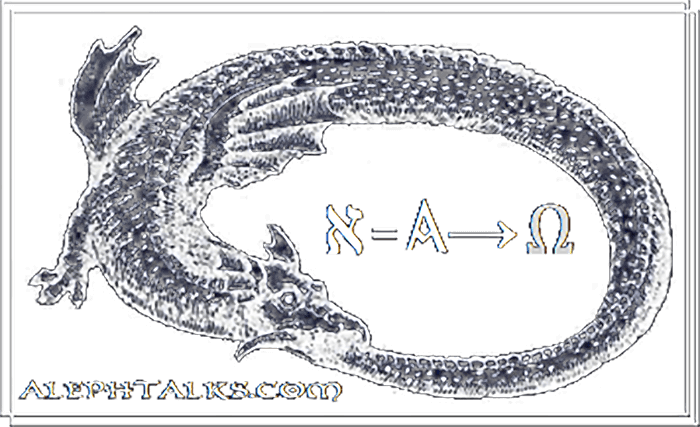
Astrology is a range of divinatory practices, recognized as pseudoscientific since the 18th century, that claim to discern information about human affairs and terrestrial events by studying the apparent positions of celestial objects. Different cultures have employed forms of astrology since at least the 2nd millennium BCE, these practices having originated in calendrical systems used to predict seasonal shifts and to interpret celestial cycles as signs of divine communications. Most, if not all, cultures have attached importance to what they observed in the sky, and some—such as the Hindus, Chinese, and the Maya—developed elaborate systems for predicting terrestrial events from celestial observations. Western astrology, one of the oldest astrological systems still in use, can trace its roots to 19th–17th century BCE Mesopotamia, from where it spread to Ancient Greece, Rome, the Islamic world, and eventually Central and Western Europe. Contemporary Western astrology is often associated with systems of horoscopes that purport to explain aspects of a person's personality and predict significant events in their lives based on the positions of celestial objects; the majority of professional astrologers rely on such systems.
Throughout most of its history, astrology was considered a scholarly tradition and was common in academic circles, often in close relation with astronomy, alchemy, meteorology, and medicine. It was present in political circles and is mentioned in various works of literature, from Dante Alighieri and Geoffrey Chaucer to William Shakespeare, Lope de Vega, and Calderón de la Barca. During the Enlightenment, however, astrology lost its status as an area of legitimate scholarly pursuit. Astrology enjoyed a resurgence starting in the 1960s. In India, belief in astrology is long-standing, widespread and continuing.
Tarot card reading is a form of cartomancy whereby practitioners use tarot cards to purportedly gain insight into the past, present or future. They formulate a question, then draw cards to interpret them for this end. A traditional tarot deck consists of 78 cards, which can be split into two groups, the Major Arcana and Minor Arcana. French-suited playing cards can also be used; as can any card system with suits assigned to identifiable elements (e.g., air, earth, fire, water).
The late 1880s not only saw the spread of the occult tarot in France, but also its initial adoption in the English-speaking world. In 1886, Arthur Edward Waite published The Mysteries of Magic, a selection of Lévi's writings translated by Waite and the first significant treatment of the occult tarot to be published in England. However, it was only through the establishment of the Hermetic Order of the Golden Dawn in 1888 that the occult tarot was to become established as a tool in the English-speaking world.
Of the three founding members of the Golden Dawn, two, Samuel Liddell Mathers and William Wynn Westcott, published texts relating to the occult tarot prior to the founding of the order. Westcott is known to have made ink sketches of tarot trumps in or around 1886 and discussed the tarot in his treatise Tabula Bembina, sive Mensa Isiaca, published in 1887, while Mathers had published the first British work primarily focused on the tarot in his 1888 booklet entitled The Tarot: Its Occult Signification, Use in Fortune-Telling and Method of Play.
